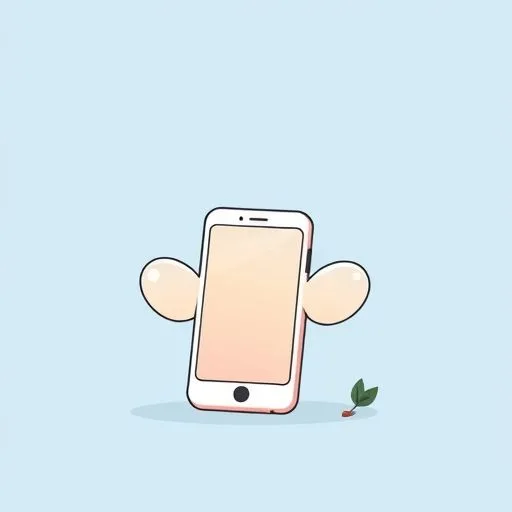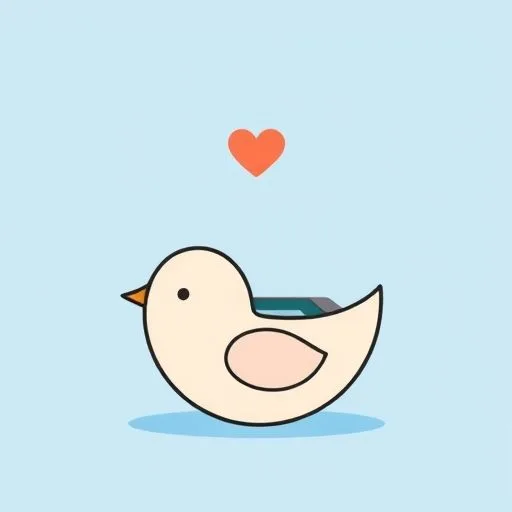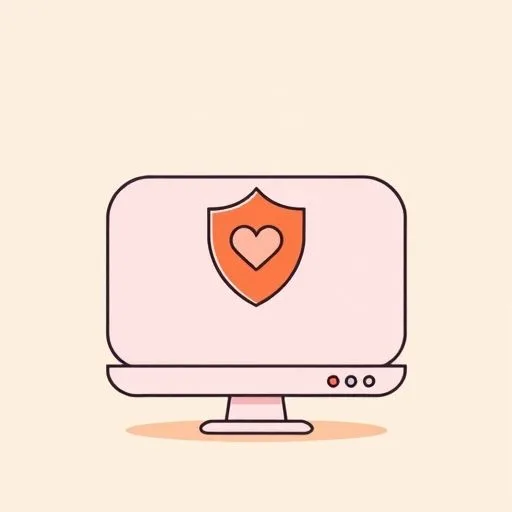
That Midnight Glow: How We Keep Kids Safe Without Shutting Them Out
Ever caught your kid sneaking their phone at 2am? That moment hits different as a parent. Yeah, I’ve been there too—heart racing at 2am when I catch that glow. You freeze—should you snatch it away or pretend you didn’t see? Your stomach knots tighter when you realize: what if this is the only place they feel heard? We’ve all wrestled with this digital-age knot. How do we lock out real dangers without accidentally locking out their courage to reach out? Tonight, let’s untangle it together.
That quiet hum of worry in your chest? It means you’re already halfway there. Remember when we were kids? After our family’s kimchi-making day, there was always that safe space where we could just talk without judgment. Fast forward to today—the screens are our kids’ modern-day gathering spaces. That glowing rectangle? It’s where their true feelings hide when they’re not ready to face our worried eyes.
Why Screens Become Their Secret Safe Space

We’ve watched them do it—scrolling when the house is quiet, whispering into devices when they think no one’s listening. Why? Because sometimes that glowing rectangle is the first place a kid admits ‘I’m struggling.’ When they say ‘I only told my online friend,’ it isn’t rebellion. It’s a lifeline. Imagine being 7 or 12 and thinking, ‘If mom or dad knew how bad this feels, they’d panic.’ So they turn to spaces where they can test words without seeing your face crumple.
The anonymity isn’t cold—it’s a warm blanket. ‘Everyone not knowing’ lets them breathe before they’re ready to share. We confuse this with secrecy, but it’s often desperation disguised as defiance. That tiny ‘this feels off’ button? It might be the only voice they trust to whisper, ‘Help me.’ You see, in our family—like how my parents used to hold my hand crossing busy streets—we’re finding ways to hold their hands across digital intersections too.
Did you catch that moment last week when your kid looked up from their phone and you just knew? That’s the connection we’re all chasing—the space where they feel safe enough to say out loud what they’ve been typing in secret.
The Trap of ‘Total Safety’ That Actually Breaks Trust

Real talk: Blocking everything feels like protection. But what if it’s the opposite? Think about teaching them to cook. You don’t lock the kitchen—because then how would they learn to handle heat? ‘Teaching kids online safety without cutting them off’ is no different.
When we shut down every app, every chat, we whisper: ‘The world is too dangerous for you to navigate.’ And that’s where it cracks. Because kids sense when we’re afraid—not of the screen, but of their growing up. That ache when they confess, ‘I was scared to tell you,’? It’s our signal. What are we really protecting them from – the world, or their own strength? ‘Setting guardrails for kids’ tech use without shutting down conversation’ means naming fears together: ‘What worries you? What should we watch for?’ Digital tools aren’t therapists—but they’re often the first step toward saying, ‘I need real help.’ Block that path, and we risk leaving them stranded.
Just like how we’d rather our daughter fall while learning to ride her bike nearby than never learn at all, we have to let them navigate digital spaces with our guidance nearby, not our restrictions cutting them off completely.
Building Bridges Instead of Walls

So how do we actually do this? Start by getting curious, not controlling. Sit beside them—not across the table—and ask, ‘What makes this space feel safe to you?’ Not ‘Why are you on there?’ Then, build guardrails that actually work.
First: clear, simple rules like ‘This app isn’t for tough stuff—it’s for fun. Tell me when you need to talk.’ Second: tools they control. A ‘this feels off’ button isn’t just tech—it’s practice trusting their gut. Third: ‘What if we tried together?’ Show them how you ‘report’ something sketchy. Normalize the act of reaching out.
Remember that feeling when you first became a parent? That overwhelming urge to protect them from every possible danger? Yeah, me too—every time my daughter walks to school alone now, I still watch her from the window until she’s out of sight. But we’ve got to let them grow even when it scares us.
‘Digital safety tips for children that build trust’ aren’t secret codes—they’re daily habits. ‘It’s not about banning; it’s about building a safety net together.’ That net? It’s woven from moments like, ‘I noticed you used the ‘report’ button today. Proud of you.’ Keep practicing.
Because the digital world isn’t their playground—it’s their whole world. And our job isn’t to fence it off. It’s to walk beside them, hand in hand, teaching them how to play safe. We didn’t raise them to be afraid of the world—we raised them to be wise and brave in it!
So when you catch that midnight glow again? Don’t just react. Connect. Ask. Listen. And most importantly, remember they’re trying to grow up in a world that wasn’t built for their safety, but is often the only place they feel brave enough to ask for help.
Source: Lawmakers Want To Shield Kids From AI Chatbots. But Restricting Them Could Cut Off a Mental Health Lifeline., Reason, 2025/09/12
